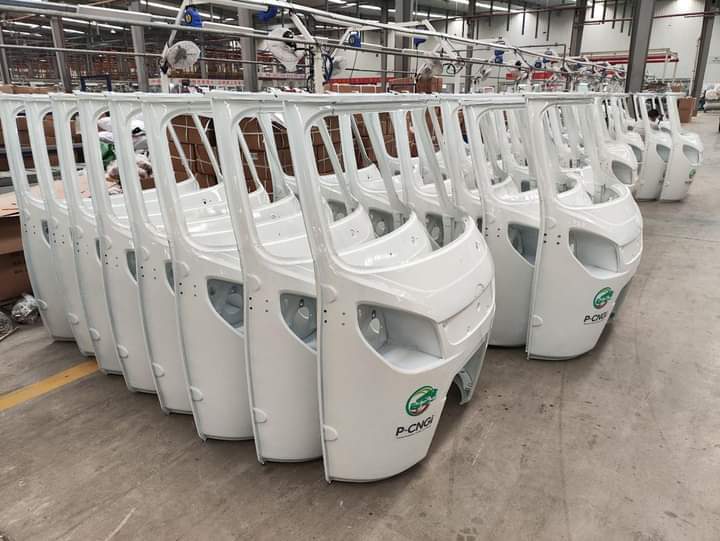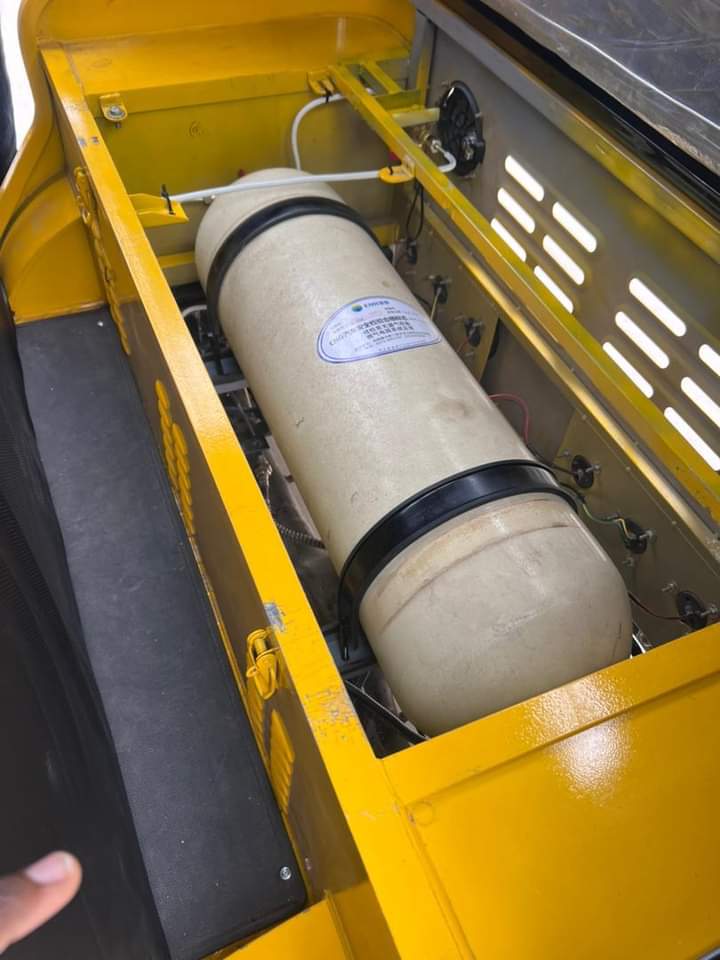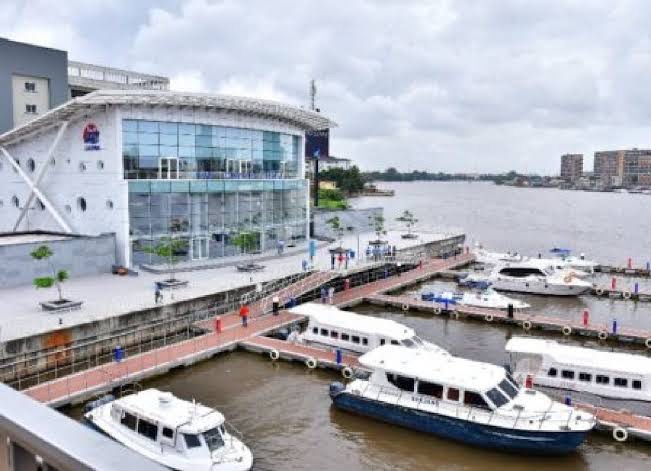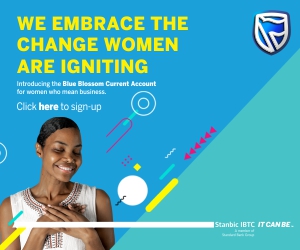GRBusiness
Preventing your network from becoming a Botnet


Not having sufficient network protection may allow your organization’s devices to be part of the next cyber-attack explains Harish Chib, vice president, Middle East & Africa, Sopho
Botnets are large volumes of distributed networked computers and devices that have been taken over by a cybercriminal. Botnets, also referred to as bots, are usually taken over by malicious software to enable remote control by a threat actor.
They are set up and developed by a hacker to provide a powerful and dark, cloud computing network to conduct cyberattacks of a criminal nature.
The growth in mobile and network devices has created large scale social and productivity benefits for us. We can now remotely access computers, security systems, cameras, appliances, and a growing list of devices, interconnected with cloud. Collectively this is referred to as the Internet of Things or IoT.
A worrying aspect of the growth of Internet-connected devices is the absence of basic security precautions. Most end users rarely change factory defaults, which can be exploited by hackers to take control of the devices.
Another door for cybercriminals to take control of connected devices is called the back-door entry. This is a manufacturer’s access to the device through an undisclosed connection, used for remote testing and updates.
This large distributed, network of computers, under the control of threat actors, represents an aggregation of computing power that can be used for a devastating effect.
Inside the network
Malicious software designed to exploit IoT devices are usually not sophisticated. They operate by scanning network ports, looking for access opportunities, and gaining access through default credentials, or brute-force hacking to gain access.
This software is much easier to defend against, as it merely requires configuring the network firewall protection devices.
Similar to other malware, botnets can enter an organization through multiple points of entry. This includes email attachments, hacked web sites, connected sensors and other IoT devices, and USB sticks.
Once a malicious software has entered an organization, it will call home – the hackers command and control server – to register its success in gaining entry and to request further instructions.
It may be told to lie low and wait, or be instructed to move laterally on the network to infect other devices, or to participate in an attack. This attempt by the malicious software to call-home represents an opportunity to detect infected systems on the network that are becoming part of a botnet.
Once an attack has got underway, the attack itself can be difficult to detect. From a network traffic point of view, the device will simply be sending emails out as spam, transferring data or mining bitcoins, or performing DNS lookups and a variety of other requests, usually seen in large scale attacks. In isolation, none of these types of activities are noteworthy.
Building protection
The most important ingredient for effective protection from botnets is the organization’s network firewall. The following can help to get best protection from the firewall.
- Advanced Threat Protection can identify botnets already operating on the network. Ensure the firewall has malicious traffic detection, botnet detection, and command and control, call-home traffic detection.
- Intrusion prevention can detect hackers attempting to penetrate and take over the network. Ensure the firewall has next-gen intrusion prevention system that is capable of identifying attack patterns inside the network.
- Sandboxing can pick up the latest malicious software before it reaches the organization’s computers. Ensure the organization firewall offers advanced sandboxing that can identify suspicious web or email files and activate them in a safe environment.
- Effective web and email protection can prevent malware from getting onto the network. Ensure the firewall has behavioral-based web protection that can simulate JavaScript code in web content to determine behavior before it reaches the browser.
- Ensure the firewall has top-shelf anti-spam and antivirus technology to detect malware in email attachments.
- Web Application Firewall can protect servers, devices, and business applications from being hacked. Ensure the firewall offers WAF protection for any system that requires remote access.
Best-practices
- Change the password for all your network devices to a unique complex password, and use a password manager if necessary.
- Minimize use of IoT devices and update all essential connected devices. Also disconnect unnecessary devices from the network and upgrade older devices to newer models.
- Avoid using IoT devices that require ports to opened in the network firewall or router to provide remote access. Instead, use cloud-based devices that connect only to the cloud provider’s servers and do not offer direct remote access.
- Do not enable UPnP on your firewall or router. This protocol enables devices to open ports on the firewall on demand without your knowledge increasing the surface area of attack.
- Use secure VPN technologies to manage your connected devices remotely.
Botnets have a massive slowdown effect on the global Internet traffic. They can also have a devastating impact on an organization, if the objective of the attack is to steal sensitive information.
Even if the botnet operating on the organization’s network is not after its data, it could be using devices and network resources to cause devastating harm to another organization.
Do not let your network become part of the next global botnet attack.
Finance
AISA Has Refunded The Fees Paid By Yahaya Bello To EFCC


The Economic and Financial Crimes Commission (EFCC) says the American International School Abuja (AISA) has refunded the fees paid by the immediate past governor of Kogi state, Yahaya Bello, for his children attending the school.
In response to a letter addressed to the Lagos zonal commander of the EFCC, the school said $845,852 was paid in tuition “since the 7th of September 2021 to date”.
AISA said the sum to be refunded is $760,910 because it had deducted educational services already rendered.
“Please forward to us an official written request, with the authentic banking details of the EFCC, for the refund of the above-mentioned funds as previously indicated as part of your investigation into the alleged money laundering activities by the Bello family.
Since the 7th September 2021 to date, $845,852.84 (Eight Hundred and Forty-Five Thousand, Eight Hundred and Fifty Two US Dollars and eighty four cents) in tuition and other fees has been deposited into our Bank account.
We have calculated the net amount to be transferred and refunded to the State, after deducting the educational services rendered as $760,910.84. (Seven Hundred and Sixty Thousand, Nine Hundred and Ten US Dollars and Eighty Four cents).
No further additional fees are expected in respect of tuition as the students’ fees have now been settled until they graduate from ASIA.”
In a chat with The Cable, the spokesperson of the EFCC, Dele Oyewale, confirmed that the school has refunded the money.
‘’The money has been paid into public account,” Dele Oyewale was quoted as saying
Finance
Godwin Emefiele Disobeyed Direction Of Law With Intent To Harm The Public, He Printed ₦684.5M Using ₦18.9B Says EFCC in fresh charge


The Economic and Financial Crimes Commission has filed a fresh charge at the High Court of the Federal Capital Territory against the embattled former governor of the Central Bank of Nigeria, Godwin Emefiele.
EFCC in the charge accused Emefiele of approving the printing of N684,590,000 at the rate of N18.96 billion.
EFCC also alleged that Emefiele broke the law with intent to harm the public during his implementation of the naira swap policy of the administration of former President Muhammadu Buhari.
The anti-graft agency also accused Emefiele of unlawfully approving the withdrawal of N124.8 billion from the Consolidated Revenue Fund of the Federation.
EFCC’s top prosecutor, Rotimi Oyedepo, SAN revealed that Emefiele will be arraigned on a new four-count charge before Justice Hamza Muazu
Counts one to four of the charge, read,
“STATEMENT OF OFFENCE: Public Servant disobeying direction of law with intent to cause injury to the public contrary to and punishable under Section 123 of the Penal Code Law, Cap. 89 Laws of the Federation, 1990.
“PARTICULARS OF THE OFFENCE: That you GODWIN IFEANYI EMEFIELE between the 19th day of October 2022 and 5th March 2023 in Abuja, knowingly disobeyed the direction of Section 19 of the CBN Act, 2007, by approving the printing of N375,520,000.00 pieces of colour swapped N1, 000, at the total cost of N11,052, 068,062 without the recommendation of the Board of Central Bank and the strict approval of the President, Federal Republic of Nigeria which conduct of yours caused injury to the public and you thereby committed an offence.”
This and three other charges were stated against him. They read;
“COUNT 2: “That you, GODWIN IFEANYI EMEFIELE, between the 19th of October 2022 and 5th March 2023 in Abuja, knowingly disobeyed the direction of Section 19 of the Central Bank of Nigeria Act, 2007, by approving the printing of 172,000,000 pieces of colour swapped N500 (Five Hundred Naira) Notes, at the total cost of N4, 471,066,040 without the recommendation of the Board of Central Bank and the strict approval of the President, Federal Republic of Nigeria which conduct of yours caused injury to the public and you thereby committed an offence.
“COUNT 3: “That you GODWIN IFEANYI EMEFIELE between the 19th day of October 2022 and 5th March 2023 in Abuja, knowingly disobeyed the direction of Section 19 of the CBN Act, 2007, by approving the printing of 137,070,000 pieces of colour swapped N200 (Two Hundred Naira) Note, at the total cost of N3, 441, 005, 280 without the recommendation of the Board of Central Bank and the strict approval of the President, Federal Republic of Nigeria which conduct of yours caused injury to the public and you thereby committed an offence.”
“COUNT 4: “That you, GODWIN IFEANYI EMEFIELE, on or about the 7th day of October 2020, in Abuja, within the jurisdiction of this Honorable Court, knowingly disobeyed the direction of Section 80 of the Constitution of the Federal Republic of Nigeria, 1999 (As Amended), by approving the withdrawal of the total sum of N124, 860, 227, 865.16 from the Consolidated Revenue Fund of the Federation in a manner not prescribed by the National Assembly, which conduct of yours caused injury to the public and you thereby committed an offence.”
Transport
Federal Government To Launch Out 2700 CNG Buses, Tricycles Ahead Of First anniversary Of Tinubu’s Administration


The Presidency on Sunday said it was ready to launch about 2,700 CNG-powered buses and tricycles before May 29 when President Bola Tinubu turns one year in office.
“All is now ready for delivery of the first set of critical assets for deployment and launch of the CNG initiative ahead of the first anniversary of the Tinubu administration on May 29.”
It said the Federal Government is set to deliver 100 conversion workshops and 60 refuelling sites spread across 18 states before the end of 2024.
The Special Adviser to the President on Information and Strategy, Mr. Bayo Onanuga, revealed this in a statement he signed Sunday titled ‘Presidential CNG initiative set for rollout.’
“From the end of May, Nigeria will take some baby steps to join such nations that already have large fleets of CNG vehicles.




“All is now ready for delivery of the first set of critical assets for deployment and launch of the CNG initiative ahead of the first anniversary of the Tinubu administration on May 29.
“About 2,500 of the tricycles will be ready before May 29, 2024…working towards delivering 200 units before the first anniversary of the Tinubu administration,” said the Presidency.
He also said that over 600 buses are targeted for production in the first phase which will be accomplished in 2024.
In October 2023, about five months after the removal of the petrol subsidy, President Tinubu launched the Presidential CNG Initiative to deliver cheaper, safer and more climate-friendly energy.
The CNG Initiative was designed to deliver compressed natural gas, especially for mass transit.
The Federal Government earmarked N100bn (part of the N500bn palliative budget) to purchase 5500 CNG vehicles (buses and tricycles), 100 Electric buses and over 20,000 CNG conversion kits, with plans to develop CNG refilling stations and electric charging stations nationwide.
The FG had said the initiative would ease the burden of the increased pump price on the masses.More information added that the creation of a new plant on the Lagos-Ibadan Expressway that will assemble the tricycles while Brilliant EV will assemble electric vehicles when it receives the Semi Knocked Down components.




The Presidency explained further, “The SKD parts manufactured by the Chinese company LUOJIA in partnership with its local partner to support the consortium of local suppliers of CNG tricycles are set for shipment to Nigeria and expected to arrive early in May.
It is expected that before 2027, There’ll be a considerable wave of these buses and tricycles in use.
-



 Tech4 days ago
Tech4 days agoAnambra School Emerges Winner In National Girls In ICT Competition With Groundbreaking VR Technology
-



 News4 days ago
News4 days agoNiger State Prisoners Run From Facility After Rainstorm Brings Down Part Of Fencing
-



 Politics4 days ago
Politics4 days agoEnugu State Government Flag Off Palliative Distribution In The State
-



 Spotlight4 days ago
Spotlight4 days agoNigerian Woman Breaks Guinness World Record With 55-Hour Interview Marathon
-





 News3 days ago
News3 days agoEFCC: New Documents Extracted Shows Yahaya Bello Allegedly Paid School Fees To The Tune Of $845,852,84 For His Family Members
-



 News2 days ago
News2 days agoKing Charles Reportedly “Really Unwell” And Funeral Plans Are Currently Being Reviewed
-



 Entertainment2 days ago
Entertainment2 days agoBig Congratulations To BBNaija Star, Miracle Igbokwe Who Graduated With Distinction From Embry-Riddle Aeronautical University In Florida USA
-





 Finance2 days ago
Finance2 days agoAISA Has Refunded The Fees Paid By Yahaya Bello To EFCC








